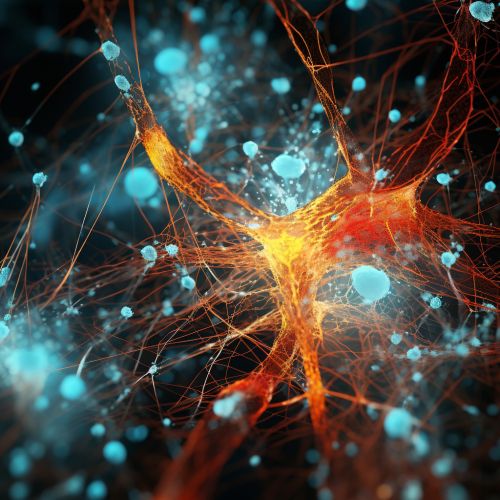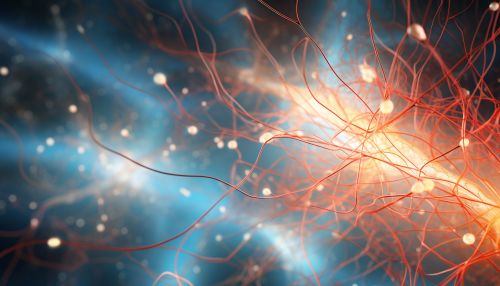Long-Term Potentiation
Introduction
Long-Term Potentiation (LTP) is a long-lasting enhancement in signal transmission between two neurons that results from stimulating them synchronously. It is one of several phenomena underlying synaptic plasticity, the ability of chemical synapses to change their strength. As memories are thought to be encoded by modification of synaptic strength, LTP is widely considered one of the major cellular mechanisms that underlies learning and memory.


Mechanism of Action
LTP is characterized by a long-lasting increase in synaptic strength that comes about as a result of brief, high-frequency stimulation of afferent fibers. This process can be divided into two phases: induction and maintenance.
Induction
The induction of LTP is dependent on the simultaneous depolarization of the postsynaptic neuron and the release of neurotransmitter from the presynaptic neuron. This simultaneous depolarization and neurotransmitter release leads to a flow of calcium ions (Ca2+) into the postsynaptic neuron, a critical factor in LTP induction.
Maintenance
The maintenance of LTP is the long-lasting increase in synaptic strength that follows its induction. This phase can last from hours to weeks or longer and is thought to be mediated by changes in gene expression and protein synthesis. It is during this phase that the structural changes associated with LTP occur, such as the growth of new synapses.
Role in Memory
LTP is widely considered to be the main cellular mechanism underlying learning and memory. The idea that LTP might be related to learning and memory was first proposed by Terje Lømo in 1966 and has been supported by numerous studies since then. For example, it has been shown that learning induces LTP in the hippocampus, a brain region that is crucial for memory formation, and that blocking LTP impairs learning and memory.
Factors Influencing LTP
Several factors can influence the induction and maintenance of LTP, including the age of the animal, the pattern of stimulation, and the type of synapse. For example, LTP is more easily induced in young animals than in adults, and some types of synapses are more susceptible to LTP than others.
Clinical Significance
Given its role in learning and memory, LTP is thought to be involved in a number of neurological and psychiatric disorders, including Alzheimer's disease, schizophrenia, and depression. For example, impaired LTP has been observed in animal models of Alzheimer's disease, and enhancing LTP may be a potential therapeutic strategy for this and other disorders.
